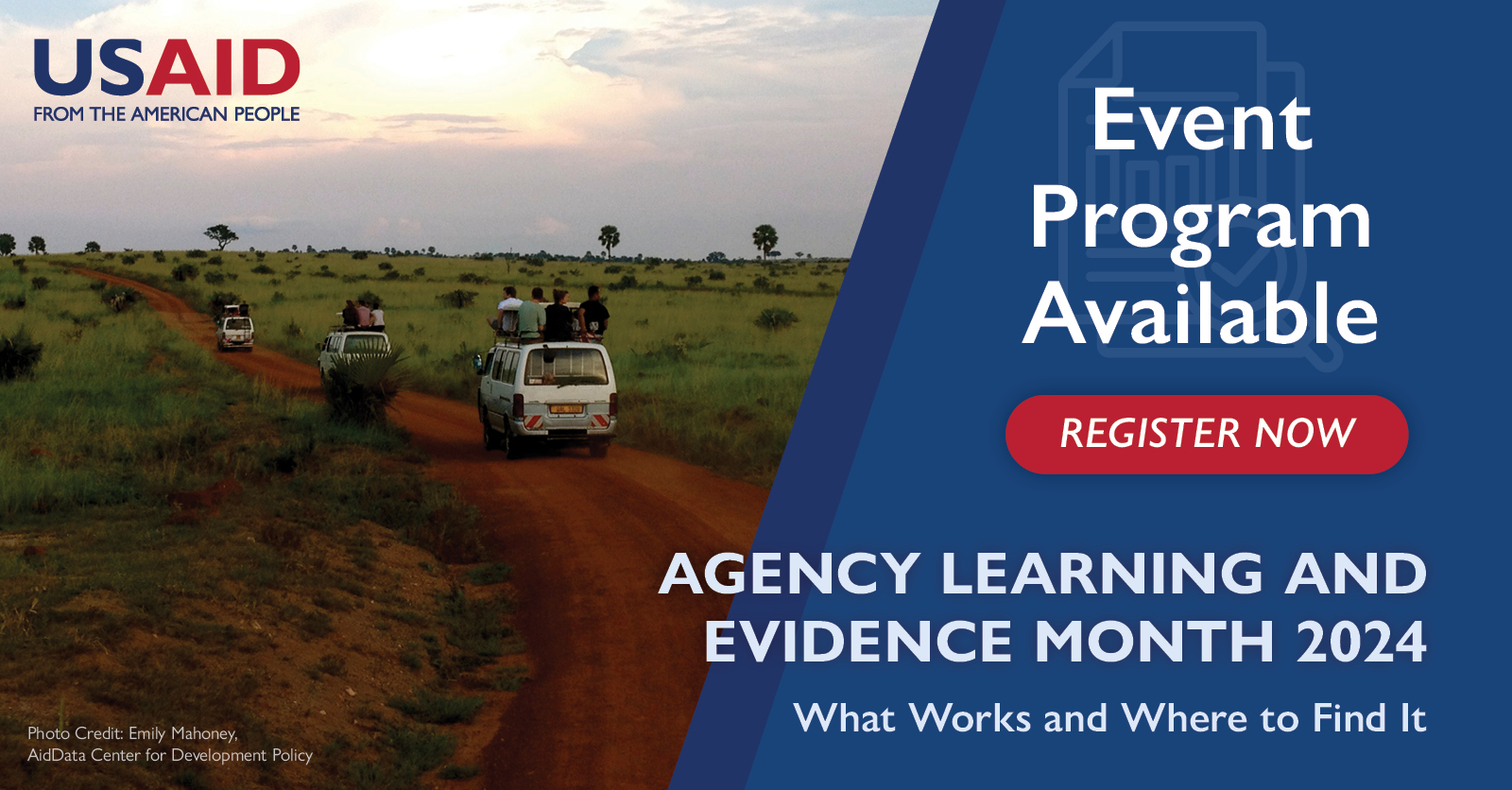Uganda
USAID’s Resilience Focus Zone (RFZ) includes the Karamoja subregion and nine refugee-hosting districts. Ongoing refugee influxes and growing refugee settlement populations, as well as population growth more broadly, drive deforestation and increase land pressure and stress on the wider natural resource base. In Karamoja, climate change-related shifts in weather patterns and ongoing conflict undermine agriculture-based livelihoods. The Government of Uganda and the international community are increasingly proactive in preparing households for weather and climate shocks and addressing the very significant refugee caseload.
Overview
Flooding, droughts and a range of other climate and nonclimate shocks pose major challenges for households in Uganda. The Government of Uganda has taken a much more proactive role in leading the effort to strengthen resilience in recent years, and international donors are harmonizing their resilience activities and testing their effectiveness.
Risk Environment
Uganda is exposed to multiple, recurrent and, at times, interacting shocks and stressors. Uganda is vulnerable to flooding, drought, increasing rainfall variability and rising temperatures. These climate change-related risks are exacerbated by environmental degradation, a high dependency on rain-fed agriculture and a lack of disaster preparedness at the community level. Northern and Northeastern Uganda are especially affected by weather shocks, such as the 2016 El Niño event that caused a failure of rainfall and led to a devastating drought.
In addition to significant climate and weather shocks, Uganda experiences additional recurrent shocks and crises, such as ongoing refugee influxes, crop pests and livestock pathogens, economic struggles and conflict in several forms, particularly in the Karamoja region.
Resilience Approaches
The Government of Uganda has taken steps recently to be more proactive about disaster preparedness and climate resilience. In 2008, it established the Climate Change Department within the Ministry of Water and Environment, and in 2015, it scaled up its social safety net for poor and vulnerable households by introducing a disaster risk finance component to one of its largest resilience projects. A range of climate information services are utilized, including from the Office of the Prime Minister, which released a National Integrated Multi-Hazard Early Warning Bulletin that provided information on crop health and yields, market prices, seasonal forecasts and flood, drought and disease impact.
USAID and other donors support agriculture and livestock sectors, as well as livelihood diversification, and are working to strengthen health, education, water and nutrition systems and services, and advance biodiversity conservation. The international community is also working toward better harmonization and integration of resilience with development investments, as well as increased testing of the effectiveness and efficiency of resilience building programming.
Opportunities for Strengthening Resilience
Research has shown that diversifying livelihoods and/or rural economies, particularly into rainfall‑independent activities, reduces the use of negative coping mechanisms for farming households in Uganda and that secondary education, cash transfers and social capital help strengthen resilience to climate, health and other shocks. Further research on the impact of resilience activities on nonfarming households and over longer periods of time would contribute to a deeper understanding of resilience in Uganda.
Related Resources
Analyze, Adapt, Scale: Evidence Based Decision Making to Promote Resilience
03 May 2024, GMT -4 - AVSI Foundation
This event is part of Agency Learning and Evidence Month from May 2–30, USAID’s flagship celebration of research, evaluation,...
Utilizing a Positive Deviance Approach to a Resilience Context
19 Apr 2023 - USAID , Resilience Evaluation, Analysis and Learning (REAL)
Four case studies explore the usefulness of positive deviance approaches to identify specific stressors and improve household resilience.
Considerations for Integrating the Graduation Approach to Food Security Activities
12 Apr 2023 - Improving Design, Evidence, and Learning (IDEAL) , USAID
Examining how the graduation approach has impacted the effectiveness of Resilience Food Security Activities in alleviating the effects of poverty.
Systems Knowledge Brief: Market Systems Resilience
15 Jul 2022 - The Resilience, Evaluation, Analysis and Learning (REAL) Award , Mercy Corps
Starting in 2020, Mercy Corps piloted measurement and analysis of market systems resilience (MSR), drawing on a framework developed by USAID, in four fragile and conflict-affected contexts. This brief presents the...





